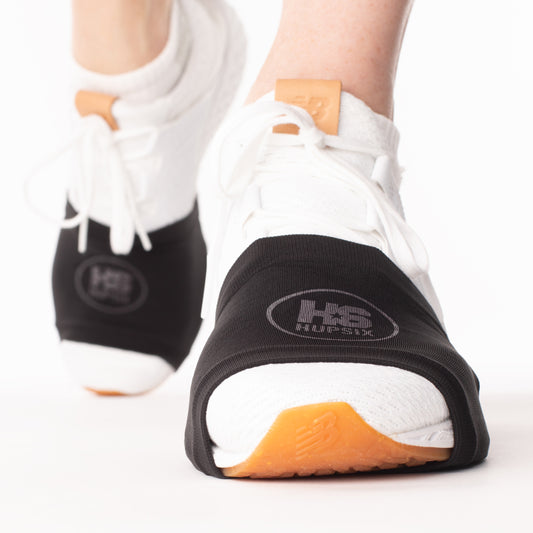
Why People Quit Fitness (and the Simple Shift That Keeps You Going)
Quick Answer: Most people quit fitness because they expect fast changes on the scale. Instead, train for weekly zone minutes—time in moderate to vigorous heart-rate zones. That’s where real fitness builds.
Do this: Use a chest-strap monitor. Hit the CDC target of about 150 minutes moderate or 75 minutes vigorous a week (or a mix). Because vigorous minutes count double, a focused 30-minute HupSix class often earns ≈ 40–50 minutes of weekly cardio credit.
Why People Quit Fitness
Expectations. You look for fast weight loss, don’t see it, and assume it’s not working. But the first wins are inside the heart. You’ll feel those before you see body changes.
Why People Stop Exercising
No scoreboard. Steps and calories tell you that you moved. They don’t tell you your heart adapted. When progress isn’t visible, motivation drops and workouts fade.
The Fix: Track Zone Minutes
Measure the time your heart spends in moderate to vigorous zones. That’s the training signal that improves fitness and longevity. Aim for the weekly target listed above by the CDC; push toward 200 minutes if you want faster gains. Watch your zone minutes climb and you’ll know it’s working—long before the mirror catches up.
Why This Works
- Fast feedback: Heart-rate data shows improvement every session.
- Better payoff: Regular zone work lifts mood and energy quickly.
It’s built on decades of cardio science (Cooper on prevention; Levine and Norwegian teams on how vigorous work remodels a stiff, aging heart). The science is clear: improving cardiovascular fitness supports better endurance, energy, and long-term health outcomes. When your heart becomes more efficient, everyday activity feels less taxing.

How HupSix Makes It Simple
HupSix is a fast-paced at-home cardio system that combines vigorous training with resistance and guided classes so you can hit your zone minutes in 30 minutes.
- Six rounds: learn → practice (with timing clicks) → execute to rock music.
- No coasting: music sets pace; cues keep timing honest.
Patented gear (handles, bungee, weighted base, over-sneaker socks with a swivel) keeps you fully engaged while you build endurance, agility, and reaction. Footprint is about a yoga mat; it stores at handbag size.
When tracked with a chest-strap monitor, most 30-minute classes log ≈ 40–50 minutes of weekly cardio credit. That’s the “more in less time” math that makes consistency stick.
Make It Stick
- Routine: Same days, same time. 30 minutes. Done.
- Scoreboard: Turn on the HupSix workout and watch zone minutes rise.
If you want coaching, send us a short video—our trainers will reply with 1-on-1 tips.
Try It—Zero Risk
- 30-day full refund
- 12-month prorated return
Learn More About HupSix
Bottom Line
Your expectations—not your willpower—are the problem. Stop chasing the scale. Start chasing zone minutes. Train your heart and consistency finally sticks.


